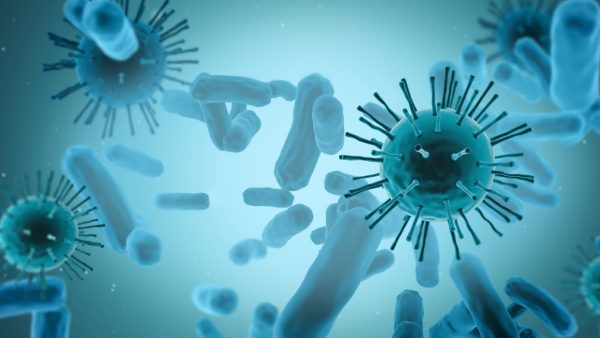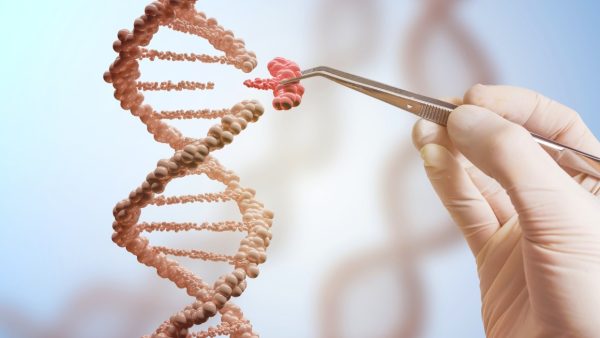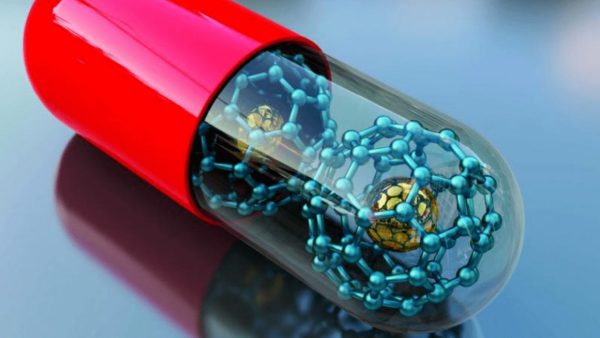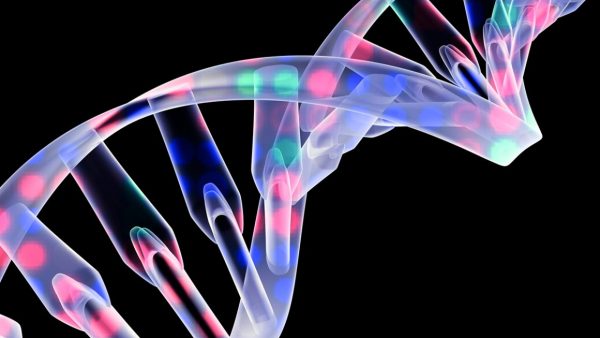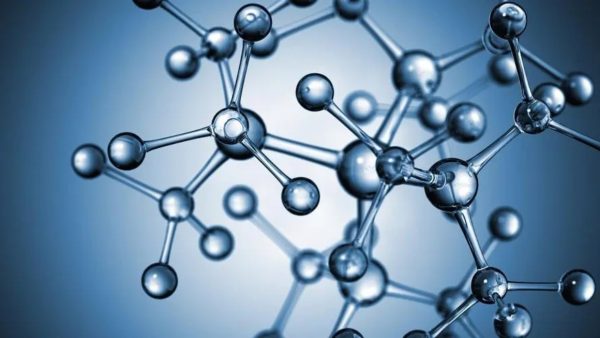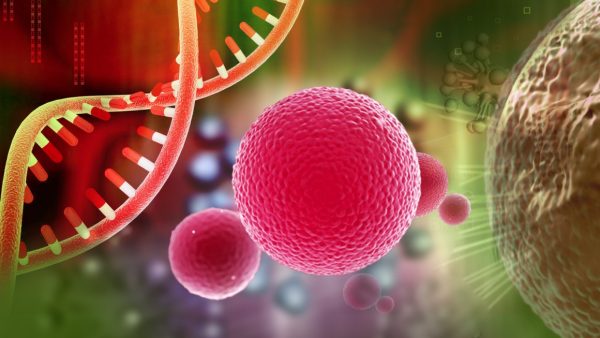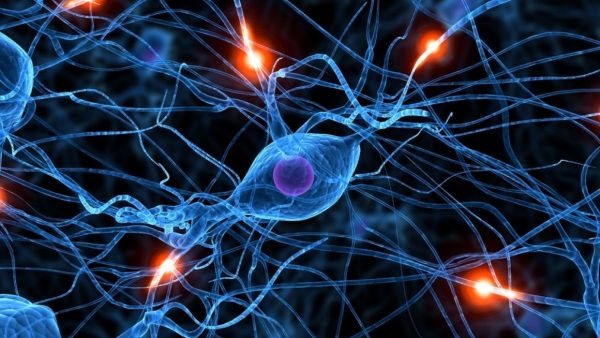Glycosphingolipids (GSL) plays a variety of roles in both biological and pathological events, including signal transduction, cell division, recognition, adhesion and apoptosis. Some of the GSLs are related to cancers and Alzheimer’s Disease. GSL expression is a field that researchers have paid strong attention to due to the important role GSLs plays during various processes. If […]
PEG-TRAIL-MMAE Conjugates with Optimized Ratio for Antitumor Application
TRAIL (tumor-necrosis-factor (TNF)-related apoptosis-inducing ligand) has been regarded as a promising broad-spectrum antitumor agent. However, its further application is limited by poor drug delivery and the tumors that has resistance to TRAIL. To settle the problems, researchers applied a three-step drug delivery strategy in the form of PEG-TRAIL-MMAE (Monomethyl Auristatin E) to TRAIL. The first step is to proceed […]
The Asymmetric Phospholipids in Acyl Chains
Surrounded by flexible and selectively permeable membranes, phospholipids are crucial to living cells. The membranes should allow molecules to get in and out of the cells and divide into new cells. Phospholipids contain two fatty acyl chains, which are either saturated or unsaturated. Most of the phospholipids found in cell membranes are asymmetrical with respect to fatty […]
Upconversion Nanoparticles (UCNPs)-Based Nanoplatform for Photodynamic Therapy
Due to the specific upconverting luminescence using near infrared light to stimulate photosensitizers (PSs), upconversion nanoparticles (UCNPs) are widely used for photodynamic therapy (PDT). Once the cancer targeting property of the nanomedicines is improved, the efficiency of the UCNP-based PDT will also be enhanced. The researchers utilized pH low insertion peptide (pHLIP), a cancer-targeting section, […]
Highly Selective Fluorescence Assay for Phosphatidylserine Decarboxylase (PSD) Activity Measurement
Currently, the realm of lipid biochemistry is mature enough to be applied to the screening and identification of novel inhibitors of essential enzymes which can be used for treating all types of microvial infections, including viruses, bacteria and fungi. That is to say, there is a kind of highly selective fluorescence assay that can be used to measure […]
The Clinical Application of Curcumin-coordinated Nanoparticles
The natural compound curcumin (Cur) can regulate the growth inhibition and cell apoptosi in diverse cancer cell lines. However, its properties of water insolubility and instability restrict its clinical applications. To cope with the problem, researchers produced a Cur-coordinated reactive oxygen species (ROS)-responsive nanoparticles (PPHC) through the interaction between boronic acid and Cur and synthesized a […]
How Endoplasmic Reticulum (ER) Affect LDs Assembly
Lipid droplets (LDs) are organelles with multi-functions. They have been studied extensively and proven to be the center of cellular energy metabolism. LDs are composed of neutral lipid core (triacylglycerols or sterol esters) and a phospholipid monolayer which contain proteins. LDs are formed through a series of biochemical and biophysical reactions in endoplasmic reticulum (ER). The biochemical […]
Anti-VEGF for Primary Tumors and Metastasis Therapeutics
Due to the low therapeutic effect and severe side effect of systematic dosage regimen, the development of tumor-targeted therapeutics is crucial to the precision therapy of tumor. To deal with the problem, researchers developed hyaluronic acid-installed genomic nanocarriers (HA-NPs) to ablate the primary and metastatic tumors effectively by anti-vascular endothelial growth factor (anti-VEGF) approach, thus the active […]
The Improved Adjuvanted CoPoP Liposomes for Cancer Cell Eradication
The short peptides derived from tumor are identified by the CD8+ T cell receptors to kill cancer cells. As the short peptide epitopes are easy to produce, they theoretically enable CD8+ T cells to fight against major histocompatibility complex I (MHC-1) antigen which bear target cells. Although the method was originally designed to kill cancer […]
BSH-Loaded Polymeric Micelles For Drug Delivery in Cancer Cells
As some compounds are effective for the treatment only when they are in cancer cells, delivering the bioactive compounds to cancer cells efficiently in vivo is an important step for the treatment. The cancer cells can be eradicated by the secondary killing irradiations which are generated by boron neutron capture therapy (BNCT), a therapeutic method […]







